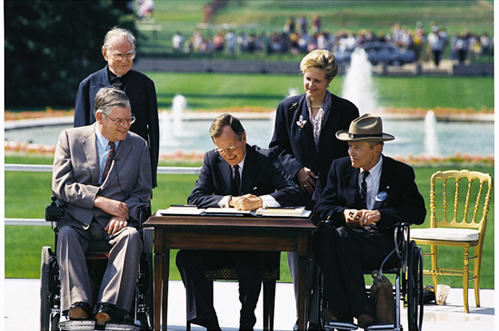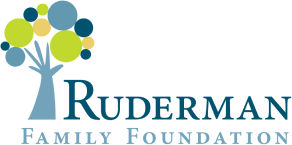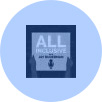
Building a Disability Inclusion Movement for the Next 25 Years
By Jay Ruderman
 Almost all significant social change is affected by social movements.
Almost all significant social change is affected by social movements.
Social movements are a form of group action aimed at a specific social agenda. The civil rights and same sex marriage movements immediately come to mind. These vast changes did not happen because a single individual or group agitated for change. They happened because a wide array of groups and individuals worked in unison to push for change.
While I was not active in pushing for the passage of the Americans with Disabilities Act (ADA) 25 years ago, I imagine that such monumental change required at least the semblance of a social movement. After all, ADA was not just a law, it was a paradigm shift on how we think about disabilities. Movements, not mere advocacy groups, incite social change.
Twenty-five years after the ADA, there’s still much work to be done. We need more inclusive employment practices. We need to enhance independent living and move more people out of group homes and institutions. We need open and inclusive education systems. We need to end discriminatory policing practices. We need to fully implement the vast but not fully realized changes set forth in the ADA.
The question that looms on my mind: Do we have a social movement to push it through?
Undoubtedly, we have elements of such a social movement. We have highly passionate and skillful advocates. We have sophisticated policy analysts. We have experienced and effective service providers.
But what we may not have in sufficient supply is a common vision and a well coordinated network of groups working in unison. Indeed, all too often the disability advocacy “movement” is fragmented by interest groups more interested in advancing awareness of or services to or research on a particular disability than they are the collective enterprise.
Let there be no misunderstanding. Individual interests are a vital and useful in their own right. But alone they cannot affect a larger paradigm shift in the way people think about disability, in the way government acts toward disability, and in the way communities include people with disabilities. That requires working in unison. That requires that individual groups make room on their agendas for a broader initiative. As with the civil rights movement over the decades, for any one group to realize its interests, it must work for change for all groups.
To that end, our Foundation is honored to bring together more than 500 leading disability activists from around the world to help catalyze this network in the first ever Inclusion Summit. We won’t be unilaterally setting the policy agenda or providing unified talking points. We are simply bringing the people together so that, bottom up, they can define a future. Only together can we make America and the world more inclusive.
We looking forward to working with you.
About the author David Bernstein is a consultant and communications adviser to the Ruderman Family Foundation. Follow him on Twitter @DavidLBernstein
Stay Included
To stay up to date on our most recent advocacy efforts, events and exciting developments, subscribe to our newsletter and blog!




















